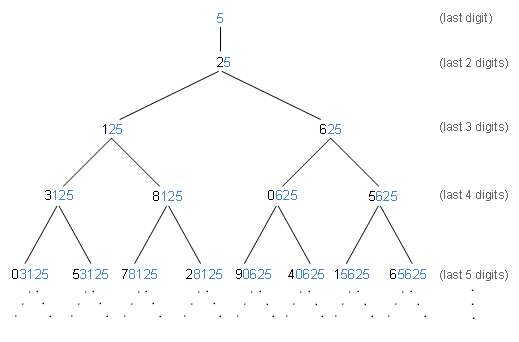In my article “Composing Powers of Two Using The Laws of Exponents” I showed how to combine powers of two using the standard laws of exponents. There are two other rules I use when combining powers of two; I call them the add duplicate power of two rule and the subtract half power of two rule. These are nonstandard rules, applying only to powers of two. Although these are special cases of the existing multiplication and division rules, I’ve found value in recognizing them in addition and subtraction form. I’ll state these rules and show examples of their usage.
Continue reading “Special Case Laws of Exponents for Powers of Two”



 .
.